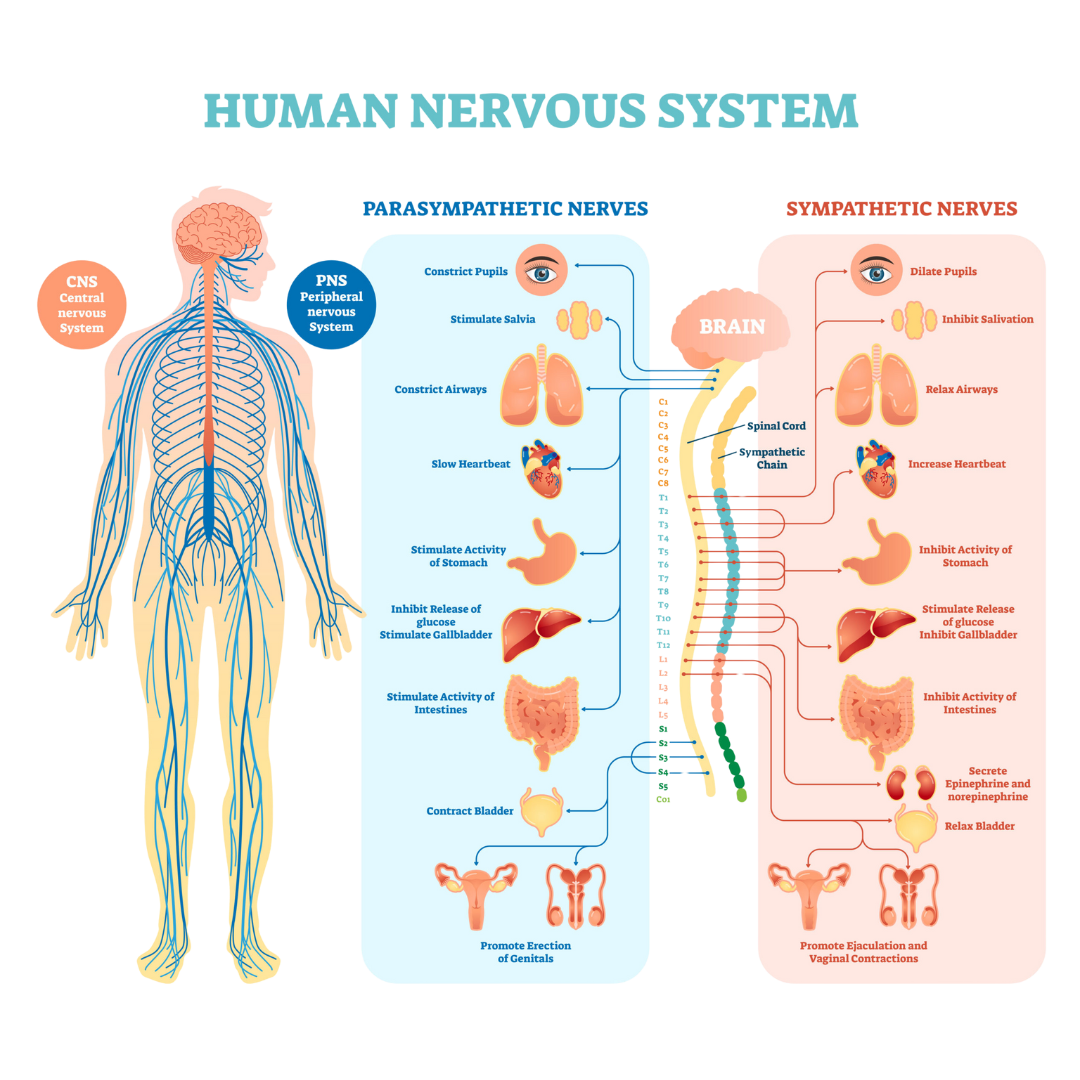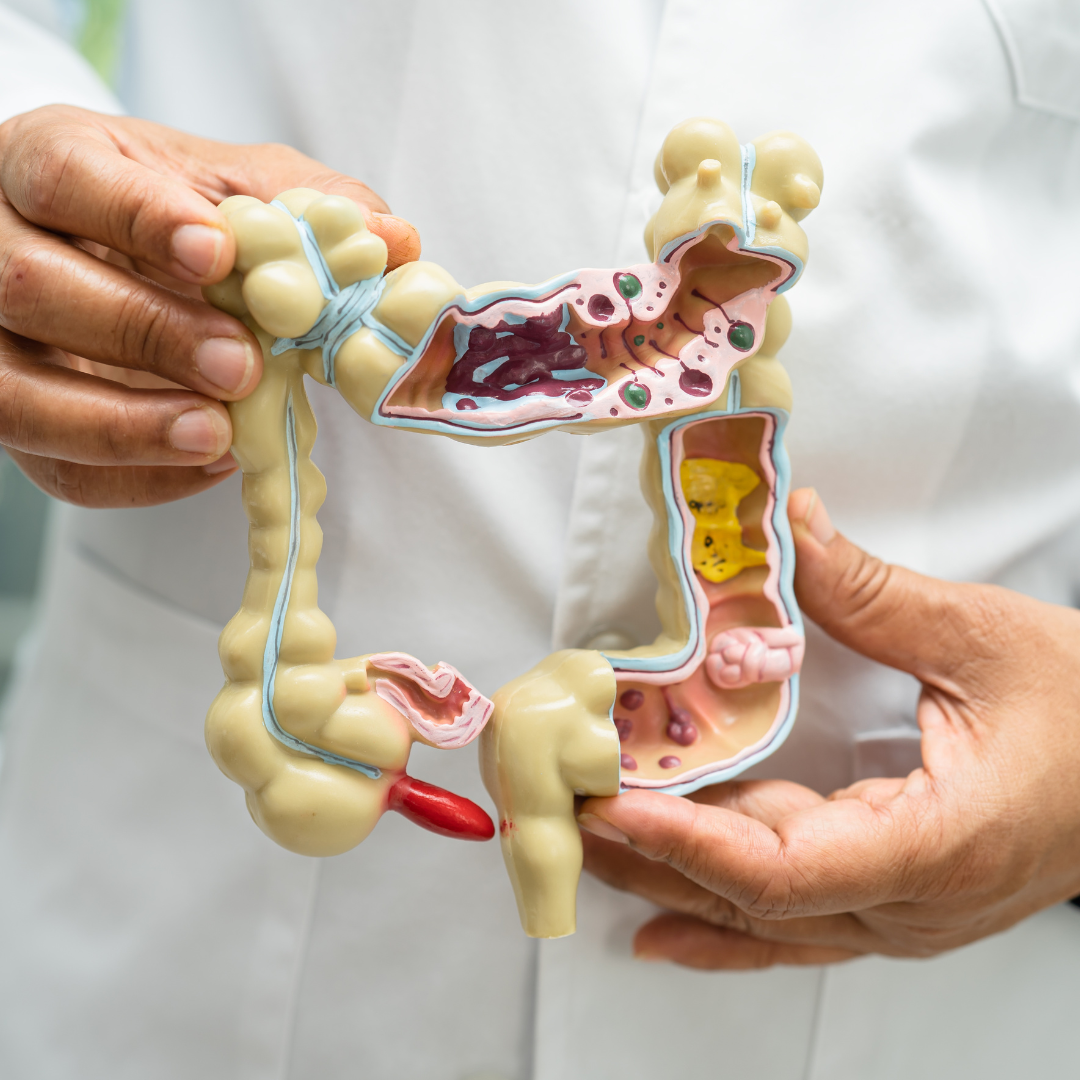How Massage Therapy Affects the Autonomic Nervous System
Beyond its ability to soothe sore muscles and foster relaxation, massage therapy holds profound effects on the autonomic nervous system (ANS), the system that unconsciously regulates bodily functions such as heart rate, digestion, and respiratory rate. This blog post delves into how massage therapy influences the ANS, specifically its two main components: the sympathetic and parasympathetic nervous systems.
Understanding the Autonomic Nervous System
The Autonomic Nervous System is a pivotal part of our overall health, orchestrating a delicate balance between the sympathetic nervous system (SNS), which prepares the body for action, and the parasympathetic nervous system (PNS), which promotes rest and digestion. In today's fast-paced world, this balance is often disrupted, leading to chronic stress and its associated health issues.
The Sympathetic Nervous System: Fight or Flight
The SNS is often referred to as the "fight or flight" system, priming the body for action in response to perceived threats. While essential for survival, constant activation of the SNS due to stress can lead to elevated heart rates, increased blood pressure, and a suppressed immune system.
The Parasympathetic Nervous System: Rest and Digest
Conversely, the PNS is known as the "rest and digest" system. It counteracts the effects of the SNS, promoting relaxation, lowering heart rate, and enhancing digestion. In the modern world, activating this system is crucial for maintaining health and well-being.
How to relax the ANS - Singing and humming helps the body move out of the fight or flight response by activating the vagus nerve.
The Impact of Massage Therapy on the ANS
Massage therapy has been shown to have a significant impact on the ANS, offering a natural way to restore balance between the sympathetic and parasympathetic nervous systems.
Reducing Stress and Activating the PNS: Massage therapy can decrease cortisol levels, a hormone associated with stress, thereby reducing the activity of the SNS. Simultaneously, it stimulates the PNS, leading to a reduction in heart rate and blood pressure and an increase in digestive activity.
Enhancing Heart Rate Variability (HRV): HRV is a measure of the variation in time between each heartbeat and is a key indicator of the ANS's health and balance. Higher HRV is associated with a more robust ability to adapt to stress. Studies have shown that regular massage therapy can improve HRV, indicating a more resilient and balanced ANS.
Improving Sleep Quality: By activating the PNS, massage therapy can improve sleep quality. Good sleep is essential for the proper functioning of both the sympathetic and parasympathetic nervous systems, creating a positive feedback loop that enhances overall health.
Boosting Immune Function: Through its action on the ANS, massage therapy can also boost immune function. By reducing stress and stimulating the PNS, massage therapy can enhance the body's natural immune response.
Incorporating Massage Therapy into Your Wellness Routine
Given its profound effects on the ANS, incorporating massage therapy into your wellness routine can be a key strategy in managing stress, enhancing relaxation, and promoting overall health. Whether you're dealing with the physical demands of an active lifestyle or the mental strain of daily stress, massage therapy offers a holistic approach to maintaining balance in your autonomic nervous system.
SUMMARY
The intricate dance between the sympathetic and parasympathetic nervous systems plays a crucial role in our health and well-being. Massage therapy emerges as a powerful tool in harmonizing this balance, offering a pathway to enhanced health that addresses the needs of the modern individual. By understanding and leveraging the effects of massage therapy on the autonomic nervous system, we can unlock a new dimension of wellness, paving the way for a healthier, more balanced life.





